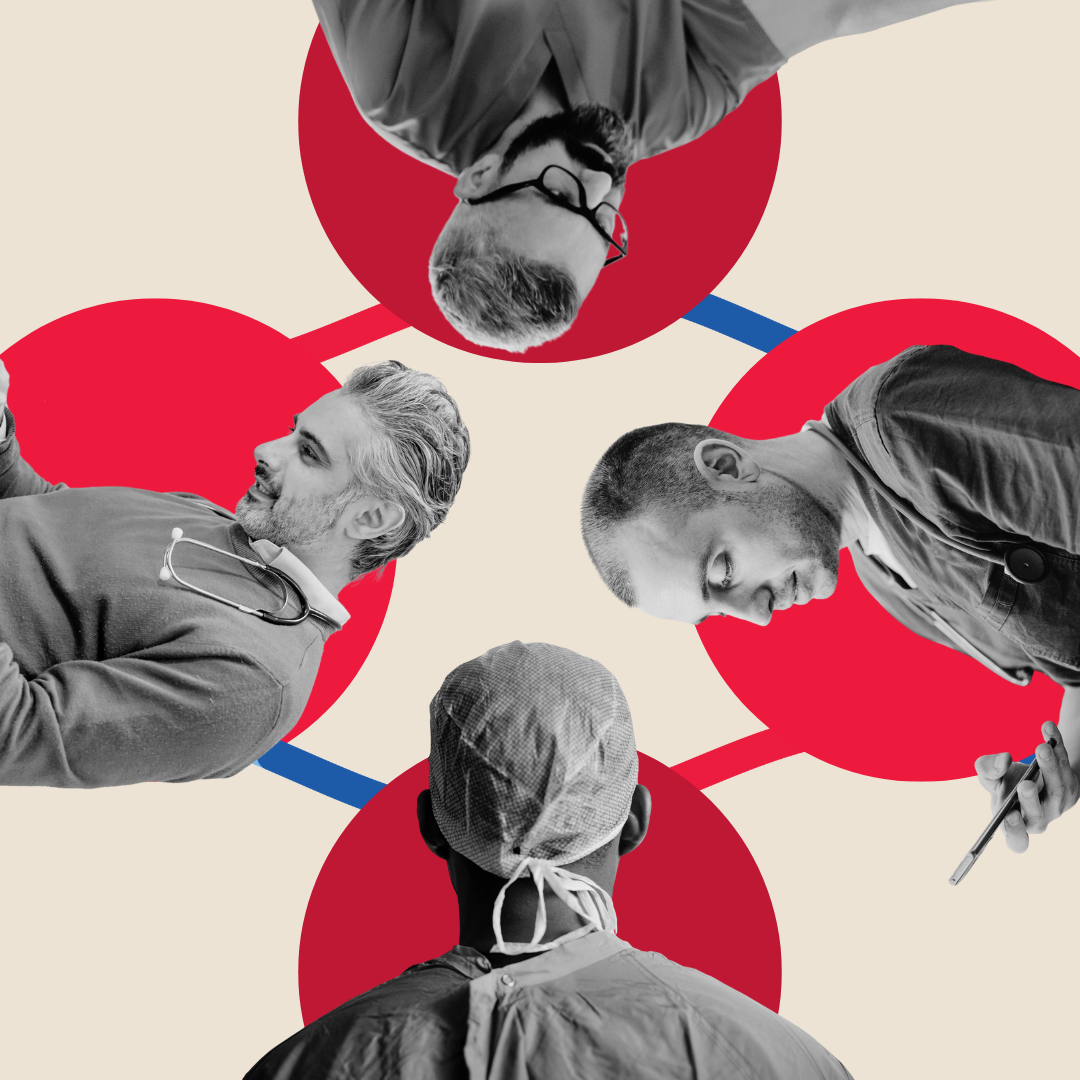Shared decision-making and patient-centered care are currently in vogue, but are they more than buzzwords in your practice, hospital or healthcare facility? Achieving the holistic goals implied by these terms requires concrete actions on a systemic level, to bring about change at each physician/patient interaction. Here are four key steps to engaging patients to be active participants and partners in their own care.
1. Employing data and communication technology
Now that 61% of Americans have smartphones, access to new modes of communication — whether texts or online — is widespread, to say the least. That figure shoots up to 87% for the 30-to-49 demographic. It’s time to take advantage of technology, such as secure, HIPAA-compliant texting, to communicate and collaborate with patients. Consider adding online booking to your department or practice website, so that patients can quickly find a time and day that suits them, without having to take time out of their busy days to phone and discuss a list of open appointments. Best of all would be creating an online patient portal, to let patients:
- Register (and request appointments)
- View test results
- Correspond with clinicians in a secure manner
- Send prescription-refill requests to clinician and/or pharmacy
- Access educational materials relevant to their diagnosis and medical condition
- Schedule e-visits and attending a clinical visit virtually
- Allow portability of the electronic health record
The portal needs to be searchable, including by text (so, for example, no PDF scans of test results), and easy to use. Think about how much simpler online banking has made life — this is what we need to do in healthcare.
2. Holistic support for physicians
A recent study of residents shows that they spend an average of 8 minutes with each patient each day, equivalent to the time they spend walking around the hospital, and one-fourth of the time spent doing administrative work. The New York Times reports that, to combat this imbalance, hospitals are looking to off-load or eliminate non-clinical work where possible. Methods employed include:
- improving the ease of communication with nurses and consulting medical services;
- enlisting medical scribes to assist with documentation;
- minimizing admission and discharge paperwork;
- streamlining transitions to outpatient care; and
- automating certain routine procedures and processes.
3. Actively hearing the patient
Engagement is a two-way street; it’s not enough to promote patient engagement if the physicians themselves aren’t also engaged. And being actively engaged with the patient starts with hearing the patient — not just listening. This is where scribes come in: when scribes remove the distraction of taking notes while the patient is talking, the physician is able to look at the patient, listen to their symptoms (including the things that might not important at first mention), ask further questions, and make a more informed judgment about testing or a diagnosis. Efficiency isn’t just about making more time to see more patients. Efficiency is also about getting the diagnosis or care plan right the first time, rather than going through unnecessary, repeat visits with the same patient.
4. Education that goes beyond the patient visit
In an effort to promote shared decision-making — that is, a collaborative approach to healthcare in which “information and concerns flow back and forth between patient and doctor” — patient education should be as complete as possible, and not done during the contact only. Some hospitals are giving patients DVDs, pamphlets or internet links approved by physicians, to explain available options for treatment. This lets patients explore and learn without feeling the pressure to make a decision in the exam room or on an ER bed, particularly when the diagnosis may bring about an emotional reaction. The physician supports these methods of learning with detailed explanations and by responding to questions and concerns during patient interaction. As a result, patients are more engaged in the process of deciding a course of treatment that they feel comfortable with or, in the case of chronic disorders, that they can adhere to over the long term.




